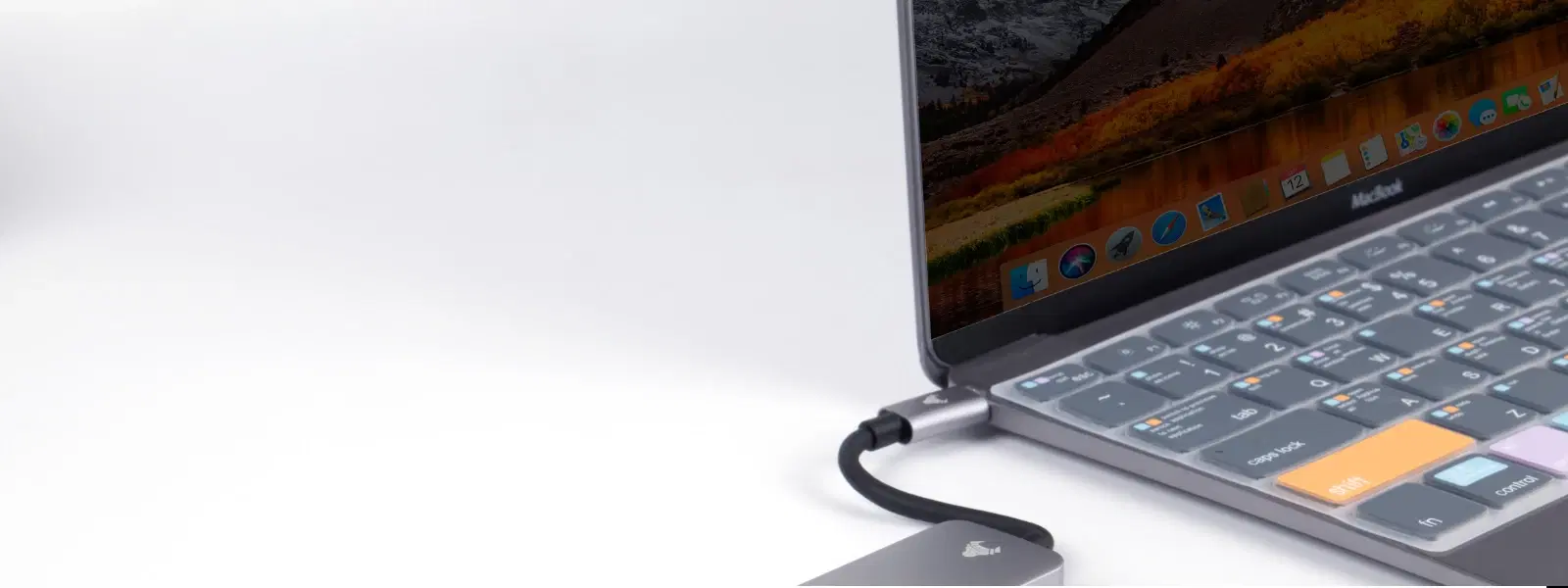
Consumer Electronics
•03 min read
Python is one of the most popular programming languages today, and knowing how to check Python version Mac is essential for ensuring that your projects run smoothly. This guide will walk you through simple steps to check installed Python version Mac, verify Python version Mac and troubleshoot any issues along the way.
Different versions of Python affect how your scripts and applications run. For instance, many projects now rely on Python 3, while older scripts might still depend on Python 2. When you know how to see Python version Mac, you ensure that your code is compatible with the environment it is intended for. This check is critical when running scripts, installing libraries, or updating your development tools.
Sometimes, you might receive errors like "zsh: command not found: python". Such issues can occur because macOS comes pre-installed with a system version of Python that may differ from any versions you install later. By learning to determine Python version Mac accurately, you avoid these common pitfalls and keep your projects on track.
Before you start, confirm that Python is installed on your Mac. Open the Mac terminal and run the command. Remember, macOS includes a default system Python, but you may choose to install a newer version to meet your project needs.
The main tool required is the terminal, which makes it easy to check Python versions. You may also use Python IDEs or package managers like Homebrew to help find Python version Mac for a more comprehensive approach. Leveraging these tools can also complement your overall experience when shopping smartly with platforms that provide additional benefits such as NeuCoin rewards.
Step 1: Open the terminal application on your Mac.
Step 2: Run the command python --version or python3 --version.
Step 3: Read the output to verify Python version command Mac and identify the installed version. This command will clearly indicate whether you are using Python 2 or Python 3.
Step 1: Launch the terminal and type python or python3 to access the interactive shell.
Step 2: In the shell, type import sys followed by sys.version to display the version details.
Step 3: Exit the shell by typing exit().
Step 1: If you installed Python via a package manager, open the terminal.
Step 2: Run brew list python or brew info python to determine Python version Mac and see what is currently installed.
If the terminal displays "command not found," it indicates that Python is not installed in the expected location. In such cases, installing Python from official sources or using Homebrew will resolve the issue. This will help you check Python version on Mac reliably in future sessions.
For those who work with various projects, managing multiple Python versions is crucial. Tools like pyenv provide a simple way to switch between versions smoothly. With a few straightforward commands, you can set a default Python version that fits your project requirements. This approach allows you to determine Python version Mac as needed for the task at hand.
Pro Tip: Always Use Python 3 for Modern Projects
Did you know? Python 2 reached end-of-life in 2020, and Python 3 is now the standard for modern development. Always verify your Python version to ensure compatibility with the latest libraries and frameworks.
Run the command python --version or python3 --version in the terminal. If Python is installed, the version number will be displayed.
You can install Python via Homebrew or download it from the official source and follow the on-screen instructions.
Yes, this is possible. You can manage them using tools like pyenv or via Homebrew.
Use Homebrew to upgrade Python or download the latest version from an official source. Ensure that you follow the respective installation steps carefully.
Indeed, macOS comes with a default system Python which is often outdated. Installing a new version manually typically offers more features and improvements suited for development.
Knowing how to check Python version Mac is a fundamental skill that smooths your programming journey. By following this checklist, you can easily identify, verify, and troubleshoot your Python installation. This guide is designed to offer clarity, much like the seamless service we aim to deliver at Tata Neu, where ease and convenience in every transaction help you progress smartly. Whether you are a tech enthusiast, a student, a young professional, or managing a family’s needs, understanding these steps ensures that you are ready to handle any Python project with confidence and precision.